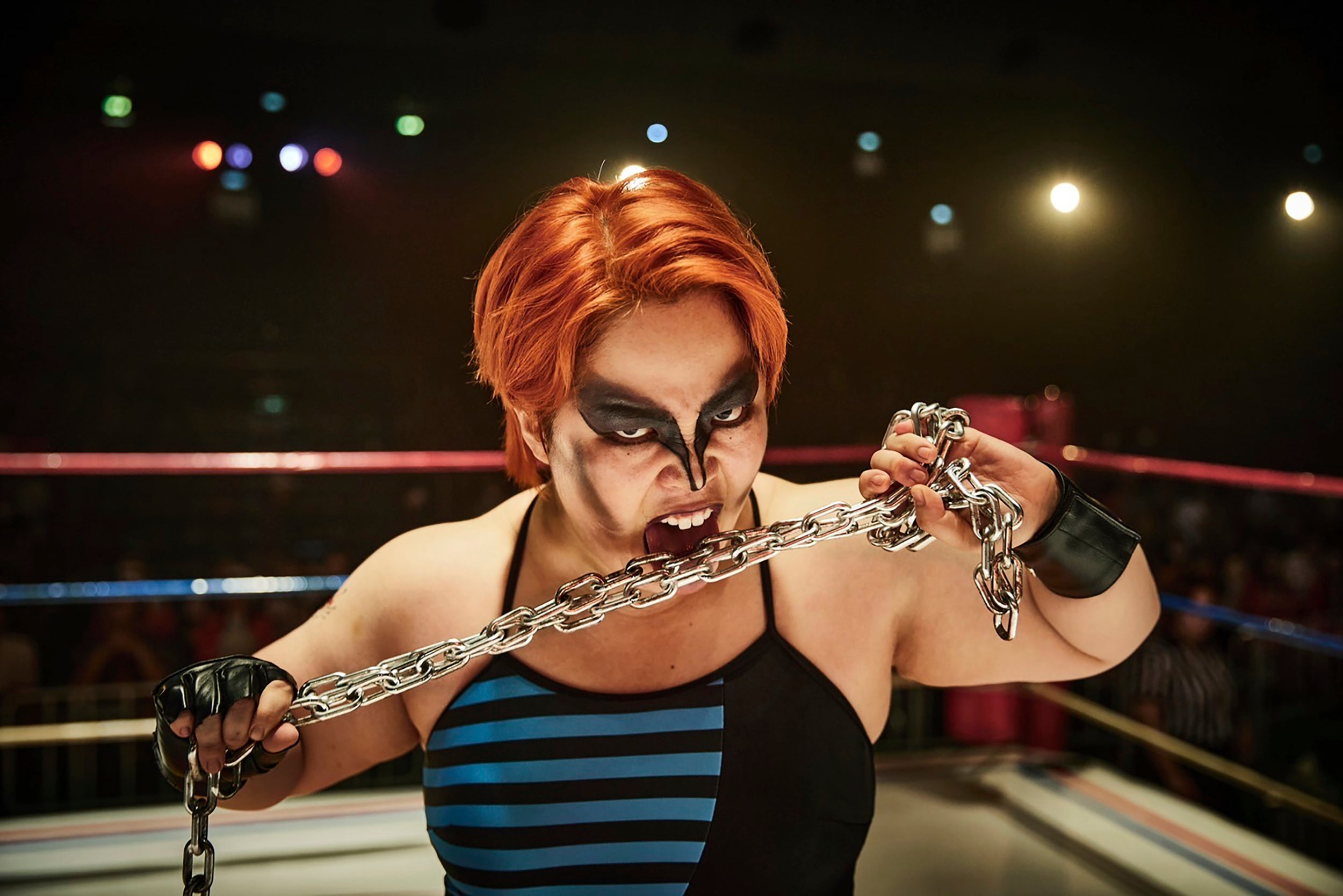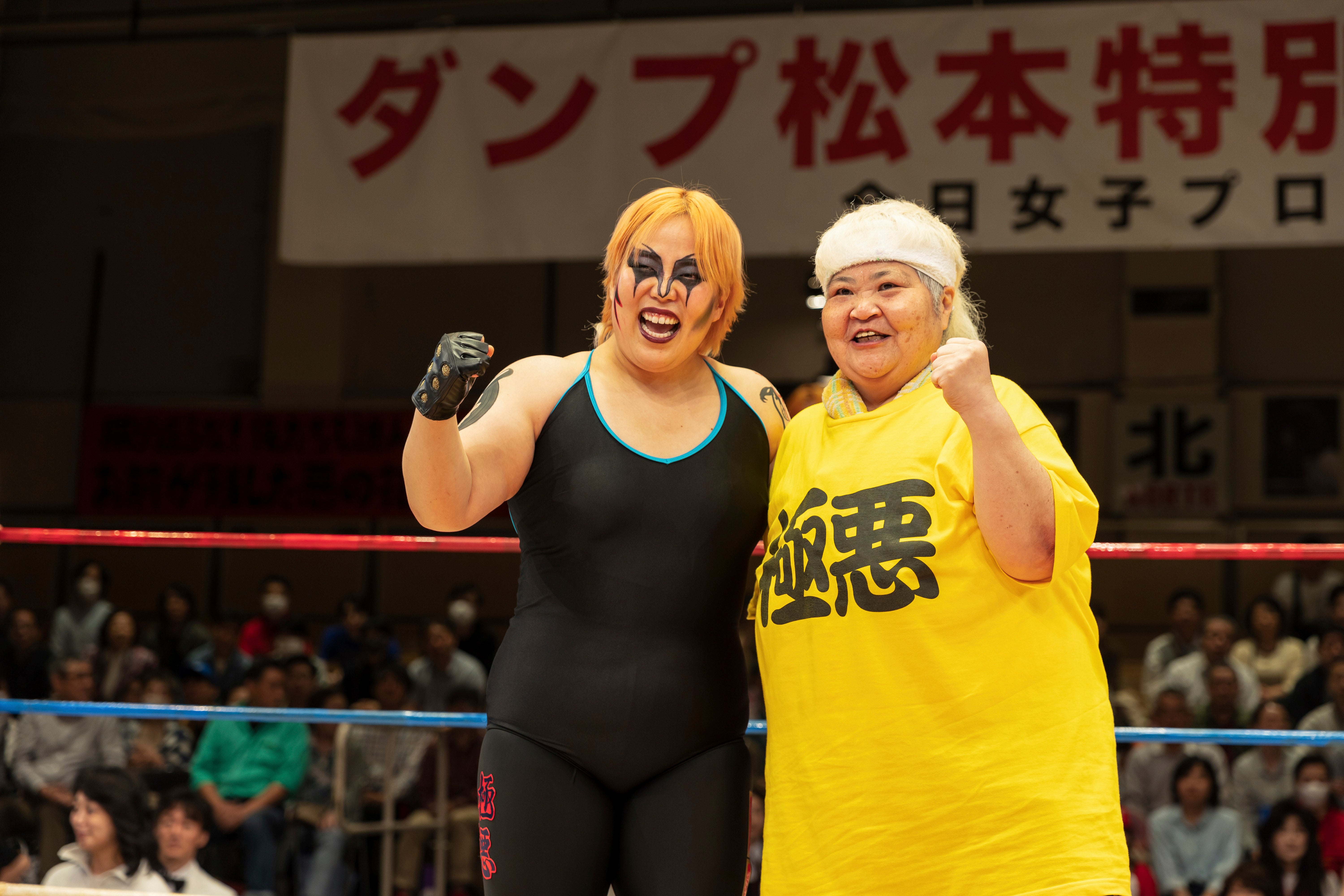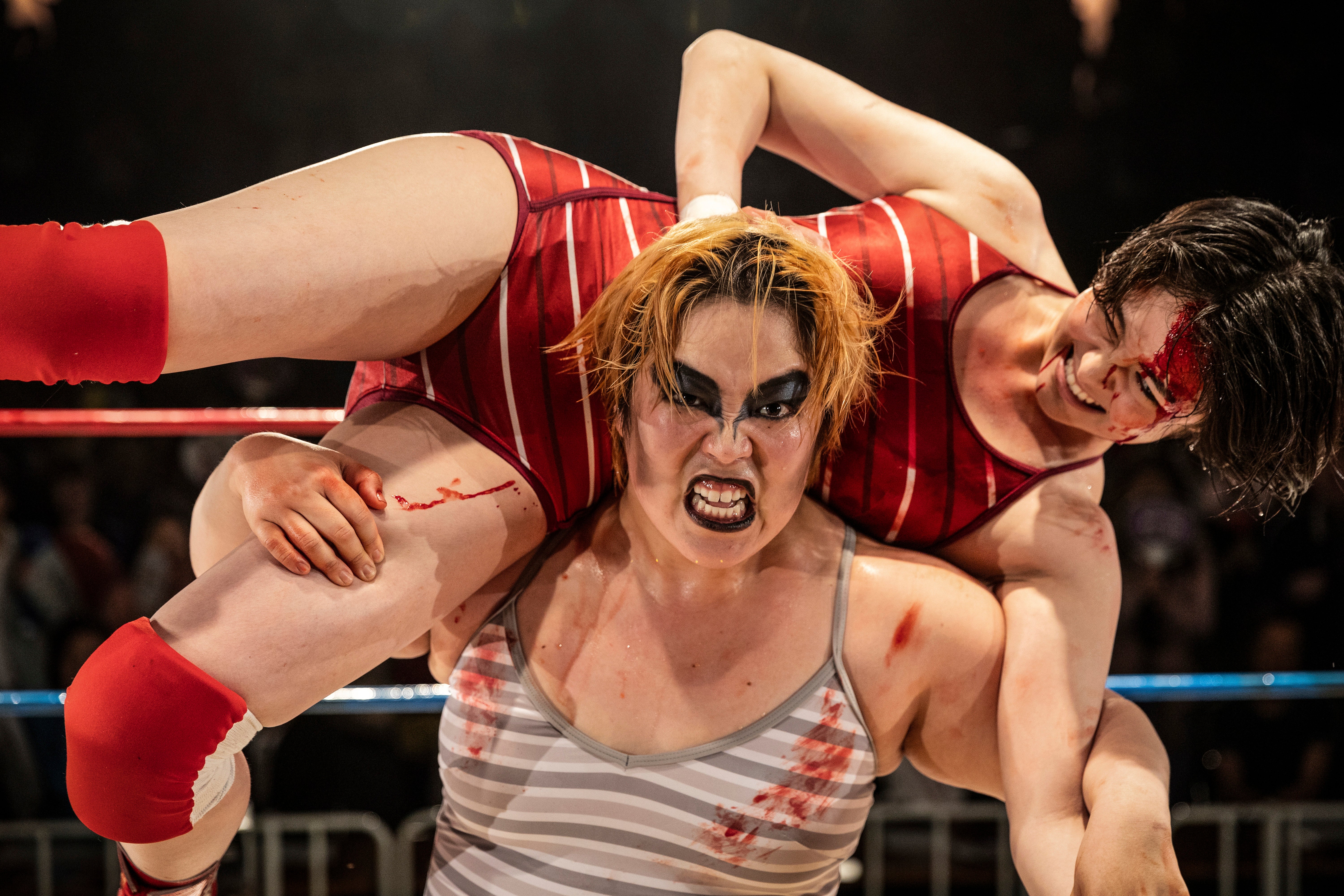The Queen of Villains: Netflix series delves into women’s ambitions in high-stakes world of Japanese pro wrestling
The Queen of Villains is a coming-of-age story set in the world of Japanese pro wrestling

Your support helps us to tell the story
From reproductive rights to climate change to Big Tech, The Independent is on the ground when the story is developing. Whether it's investigating the financials of Elon Musk's pro-Trump PAC or producing our latest documentary, 'The A Word', which shines a light on the American women fighting for reproductive rights, we know how important it is to parse out the facts from the messaging.
At such a critical moment in US history, we need reporters on the ground. Your donation allows us to keep sending journalists to speak to both sides of the story.
The Independent is trusted by Americans across the entire political spectrum. And unlike many other quality news outlets, we choose not to lock Americans out of our reporting and analysis with paywalls. We believe quality journalism should be available to everyone, paid for by those who can afford it.
Your support makes all the difference.The Queen of Villains is a typical coming-of-age tale about a young woman’s road to empowerment and self-discovery — except it all takes place in the body-slamming, arm-twisting world of Japanese professional wrestling.
The Netflix series, which began airing last month, tells the story of Dump Matsumoto, a real-life wrestling legend from the 1980s who grew up poor with a father who was often absent or abusive.
Matsumoto grew up angry, she said, and went on to create in her wrestling persona a ferocious, almost camp villain character, known in the sport as a “heel,” complete with outlandish Kabuki-like facial makeup, chains, sticks and a grotesque scowl. She loomed large as a symbol of fearless and defiant womanhood.

“I gave it my all to be evil,” Matsumoto said.
A hefty woman with a friendly smile, Matsumoto makes a point even now to adamantly deny that she was ever a nice person or acknowledge that many people in Japan, especially women, love her.
“I still beat people up in matches. I stuck forks in them and made them bleed,” she said, adding, “All the people who pretend to be good are the truly evil ones.”
“The Queen of Villains” follows the friendship between Matsumoto and Chigusa Nagayo of the popular wrestling tag team known as the Crush Gals. Nagayo served as an adviser, trainer and choreographer for the series’ dramatized wrestling scenes.
Japanese professional wrestling fans still talk about the matches between Matsumoto and the Crush Gals, including the ones they fought in the U.S.
The actresses in the series spent two years training for their roles. They gained weight and muscle, and learned techniques like the “giant swing,” in which a wrestler grabs her opponent’s legs and moves in a dizzying circle, or the “flying knee kick,” which involves a jump and kick to the body while airborne.
The trick in professional wrestling is to execute the punches and body slams convincingly but in a controlled way to avoid serious injuries. A wrestler also must know how to fall properly.
One key fight scene took a month to film as the actors went over each move, again and again.
“Dump played a role to be hated by the entire nation,” said Yuriyan Retriever, a professional comedian who stars as Matsumoto in the series.
“Previously, there was a limit, maybe even unintentionally, beyond which I couldn’t go. But when I played Dump, all those emotions had to come out and be expressed,” she said.

She felt like she was no longer playing a role, she said, but that she had become Dump Matsumoto.
“It’s frightening to be hated, and I don’t think anyone wants to be hated,” Retriever said.
“When I finished a cut, I was crying. And my body was shaking. I can’t express it in words, but I understood all the pressures Dump must have felt.”
The series not only presents a women-beating-the-odds story against a backdrop of sexism and abusive management but it also captures the postwar period of the Showa-era in a way that feels authentic. The scenes used thousands of extras, many of them serious wrestling fans.
Some viewers say the real-life wrestling was more intense than the dramatized version in the new series.
Rionne McAvoy, an Australian filmmaker who as a professional wrestler was hit with a stick by Matsumoto, said: “The actors often fail to capture the intensity, grit and charisma required for these roles."
But for most viewers, it’s real enough and heartbreaking.
“This is an eternal but emotional story portraying ordinary girls who passionately pursued a dream, found friendship and also themselves,” director Kazuya Shiraishi said.
“It gave me a chance to reflect on my own 15-year filmmaking career, what I truly want to be, what kind of films I want to make. I just wanted to tell their story, which is also everyone’s story.”